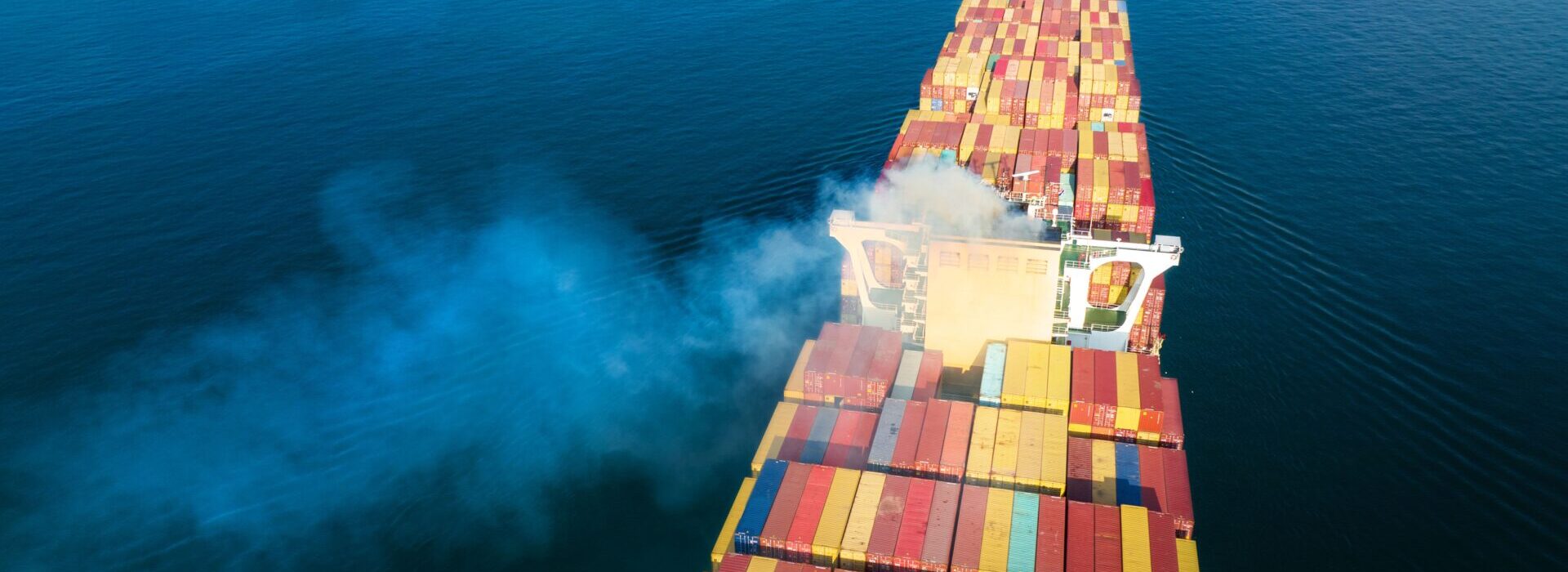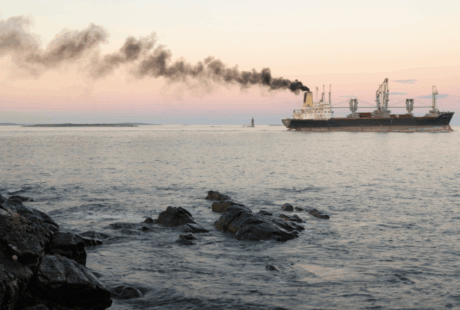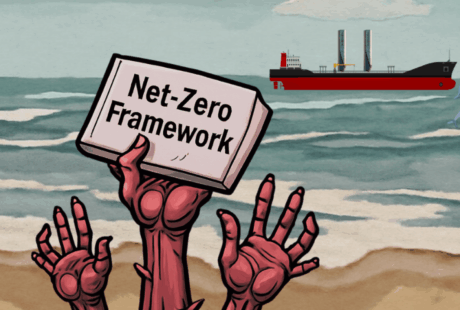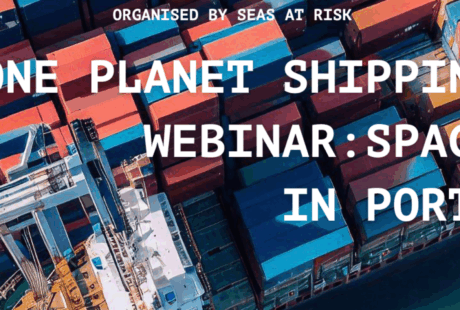The Ocean Pact was announced yesterday, to be received with mixed feelings: there are signs of promise for the ocean, but a lack of concrete regulation could lead to a lack of concrete action. This is, no doubt, the case for shipping.
With the shipping industry contributing to 3% of global greenhouse gases, on a par with emissions from Germany or Japan, the path to decarbonisation is a must. Back in 2023, the EU showed the world their wish to become global leaders by pledging an 80% carbon-reduced. This came with the announcement of the FuelEU Maritime regulation. But with the release of the Ocean Pact that ambition seems to have faltered. In some parts, the Ocean Pact seems to have missed the mark entirely, overlooking proven and apparent solutions that could help achieve the 2050 goal.
Take wind propulsion. According to Seas At Risk’s most recent study, Wind First!, installing sails on already existing vessels can cut fuel use by up to 30%, and a whopping 90% on newly built ships. However, there is no mention of wind propulsion in the Ocean Pact. Surprising since the Transport and Tourism Commissioner Tzitzikostas spoke highly about it in his delegation speech last year.
If decarbonisation goals are to be met, the Ocean Pact needs to include wind technology in the Maritime Industrial Strategy, with allocated funding towards research and development, wind-assist retrofitting, and new build vessels. And ports need to prepare for the arrival of wind technology by upgrading their infrastructure.
But wind alone cannot decarbonise the shipping sector. Cleaner, alternative fuels must be a priority, leaving dirty fossil fuels behind. Although the Ocean Pact supports cleaner fuels, but there are glaring omissions:
- E-fuels, such as e-ammonia are highly flammable, toxic to the environment, must be handled with care, and can potentially disrupt the nitrogen cycle, which is already in a precautious state and has exceeded the amount the planet can handle. There is no mention of safety and environmental risks in the Ocean Pact.
- It fails to address the sustainability and lifecycle of e-fuels: this is a critical gap. Without clear criterial for assessing the environmental and climate impacts of these fuels, from production to use, there’s a risk of promoting solutions that look green on the surface but do not offer true climate solutions.
- E-fuels, although promising, are only as green as the energy and carbon sources that produce them. Liquid Nitrogen Gas (LNG) is often thought of as an alternative to fossil fuel, but it’s produced by fossil fuels and still emits significant greenhouse gases into the atmosphere, including methane with is far more polluting that CO2.
- Truly sustainable fuels cost two to five times more than fossil fuels, due to fossil fuels being exempt of taxes in countries. Without strong tax reforms, it leaves little incentive for the industry to switch to cleaner fuels.
Another blundering omission is the lack of action to reduce black carbon emissions from ships leaving EU ports and heading into the Arctic. Heavy or residual fuels are the most polluting forms of fuel used in shipping – and black carbon, a potent short lived climate pollutant released when ships burn these residual fuels, is particularly damaging to the Arctic sea ice. When it settles on the surface, it darkens the surface, which in turn accelerates melting and climate change. Despite the EU’s self-proclaimed leadership on Arctic protection, there is no concrete promise to immediately switch to cleaner polar alternatives.
So, while the Ocean Pact supports alternative fuels, it is simply not enough – it must also acknowledge these barriers and how to overcome them if we are to ever achieve a clean and safe future in shipping, one where we live within the planet’s limits.
Posted on: 6 June 2025



